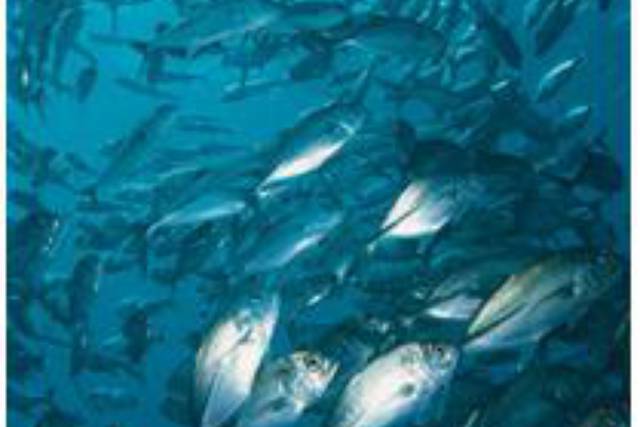METHOD AND KIT FOR THE CHARACTERIZATION OF SEA BREAM STOCKS
Description
Sea bream (Sparus aurata) is a widely distributed species, and represents one of the most important species in marine aquaculture, especially in the Mediterranean area. The success of modern aquaculture is based on the control over the reproduction of the species, on the best knowledge of their biology, and on technological innovations. However, in the cultivation of seabream there are many difficulties that arise in the control and management of reproductive stocks, mainly due to the high number of individuals that are managed, the difficulty to identify the parents or the eggs or larvae in the first months of development. These and other aspects make a comprehensive control of the reproduction of this species in captivity impossible. Likewise, the control of traceability is a challenge to guarantee the food safety of the products derived from the commercial exploitation of this species.
It is, therefore, essential to have precise tools that allow knowing and evaluating the genetic structure of both wild and cultivated populations. However, to date, no method has been standardized to carry out genetic typing in gilthead seabream. The present invention provides a new molecular tool based on microsatellite markers, consisting of co-amplification by PCR and analysis of 10 loci together.
Advantages
The use of the protocol object of the present invention, or of the corresponding kits, presents, among others, the following advantages:
-The implemented multiplex PCR method reduces the time and cost of the technique, minimizing the risk of handling errors, since it considerably minimizes handling.
-The proposed methodology is simple, solid and reproducible, which ensures accurate results.
-The analysis only requires a small amount of DNA, which can be obtained, among others, from eggs, larvae, fin, blood, tissues of dead or cut fish and even processed.
Uses and Applications
The present invention allows, quickly and reliably, to obtain enough information from an individual or group of individuals to carry out population studies, or to establish kinship relationships or with great precision. In addition, this tool is useful in the genetic characterization of natural or cultivated populations, as well as in the reconstruction of the pedigree in clutches obtained in a company in the sector. This information makes it possible to control and even improve the characteristics of the reproductive stocks of gilthead seabream. Thus, its field of application includes the field of aquaculture, and more specifically, the area of control and quality systems within it.
Keywords
Sectors
Areas
Patent Number
ES2277536
Applicants
UNIVERSIDAD DE MÁLAGA
Inventors
JAVIER PORTA PELAYO, JOSE MARÍA PORTA PELAYO, MARIA DEL CARMEN ALVAREZ HERRERO
Filing Date
04/10/2005
Protection Level: National (Spain)
Processing Status: Spanish patent








